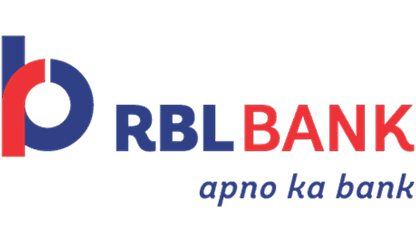What is the minimum order quantity?
MOQ or minimum order quantity is the minimum amount of product that a manufacturer will allow his customer to purchase. MOQ protects the buyers from the unnecessary cost of storage, more so if the steel requires specific maintenance or care. While many businesses actively manage their financial and delivery risks and recognise that the unpredictability of raw materials is a critical factor, only some do it in a systematic, structured manner. Maintaining an MOQ has the following benefits: -
MOQ or minimum order quantity is the minimum amount of product that a manufacturer will allow his customer to purchase. MOQ protects the buyers from the unnecessary cost of storage, more so if the steel requires specific maintenance or care. While many businesses actively manage their financial and delivery risks and recognise that the unpredictability of raw materials is a critical factor, only some do it in a systematic, structured manner. Maintaining an MOQ has the following benefits: -
1. Healthier cash flow: - By establishing a MOQ, manufacturers can ensure that their cash is not being taken captive in large quantities of raw materials while progressively releasing finished goods in little quantities.
2. Lower inventory:- A well-designed MOQ can assist reduce inventory because most manufacturers produce more than one kind of product or product category. Companies can maintain lower total costs for finished items and raw materials by setting a smaller MOQ. This lowers the inventory level by releasing cash and lowering holding expenses.
3. Higher profits - Demand and MOQ are interrelated. This implies that even though a business may establish a lower MOQ, they know that production will occur in bigger volumes later on in the cycle. This necessitates striking a balance between inventory holding costs and demand in order to give the lowest viable price on smaller lots. By striking this balance, a business can make a higher profit while satisfying customers who want to buy minimum quantities, by producing larger quantities throughout the cycle due to known demand and forecasts.
Three significant issues may hamper businesses:
Lack of market understanding - When we consider market understanding, we don't suggest successfully forecasting fluctuations in the price of raw materials, but rather a fundamental understanding of market dynamics and great insight into market information. Market data often needs to be adequately examined, and the underlying drivers of market dynamics are not tracked. As a result, organisations lose critical response time and are caught off guard.
Lack of oversight regarding the scope of risk exposure - Most businesses need more visibility into the risk associated with the direct raw materials they purchase for subsequent processing. This awareness, however, rapidly impairs when it comes to the materials they indirectly purchase through vendors. Additionally, it might be challenging to predict the timing of the impact because changes in raw material prices often need to catch up in their influence on the bottom line.
Lack of understanding about how to manage the exposure of raw material - It is not unusual that most businesses lack knowledge of the appropriate measures to handle the movement of raw materials because they also lack a thorough understanding of the market dynamics and their actual raw material risk exposure.
How to mitigate this risk?
A thorough understanding of the market dynamics is necessary for any raw materials strategy to be effective. The following activities are crucial:
Recognise the fundamental pricing determinants - Various factors, including supply and demand and changes in the underlying feedstock, can affect the price of raw materials. Understanding the most important aspects and what changes in these variables affect prices is crucial.
Obtain relevant information to track prices - The best way to avoid surprises is to keep an eye on market reports for derivatives, feedstock materials, and raw commodities. When price movements become more apparent, you can predict them or, at the very least, be ready to react quickly.
Create transparency - Transparency on expected changes in the price of raw materials not only forms the cornerstone of any mitigation attempt but also enables a much more professional, fact-based budgeting process.






 +91 7208055523
+91 7208055523
 Help & support
Help & support
